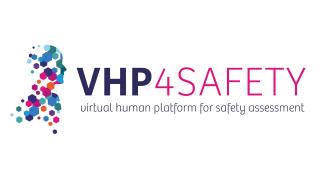An in vitro simulator for ventricular assist devices
Despite the positive outcomes of ventricular assist device (VAD) therapy, there are still some adverse events, such as suction, caused by the mismatch of the preload of the left ventricle and the flow of the pump. Ventricular suction can be due to multiple underlying pathophysiological conditions. However, the medical management of such patients is still not well defined. In order to analyse the potential of different therapeutic interventions to mitigate suction in different pathophysiological conditions, a suction module is embedded in a cardiovascular hybrid (hydraulic-computational) simulator. The suction module mimics the ventricular apex and its connection with a HeartWare HVAD system (Medtronic). With such a set-up, the medical management of different pathophysiological conditions can be evaluated, without the use of animals.
Also watch the video on the cardiovascular simulator used for this research: https://tpi.tv/watch/76
Contact: https://www.linkedin.com/in/maria-rocchi-9aa7b4162/
New

Helpathon #12 – Can you help Erica?

The NAM Navigator: A unique repository for information on the validation and acceptance of New Approach Methodologies
